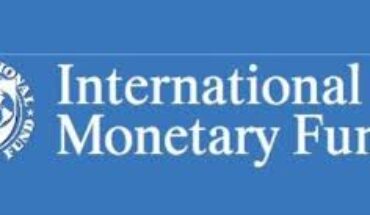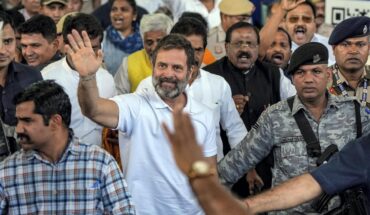With a debilitating death toll and an economic recession, India has had among the worst effects of the COVID-19 pandemic. A partially released early data from NFHS-5 for 22 States/Union Territories shows a disappointing record on metrics such as child nutrition and adult anthropometric measurements, suggesting the exacerbation now of an already fraught situation. NFHS-5 shows that four key metrics for the nutritional status of children declined in 2019-20 compared to levels in 2015-16 (NFHS-4) in many of the surveyed States. Gujarat, Maharashtra and West Bengal recorded an increase in the percentage of anaemic and wasted (low weight for height) children compared to even the 2005-06 survey. In the key indicator of childhood stunting, there has been an increase in 13 of the 22 States/UTs in comparison to NFHS-4, with a noticeable improvement only in Bihar and Assam. Even here, the reduction in stunting numbers is lower than the government’s targets. Bihar has shown a promising decline of 5.4% points in stunting, but still retains the highest percentage of stunted children (42.9%) among big States. On the flip side, NFHS-5 also flags improvements in other factors that contribute to malnutrition and poor health outcomes — in access to sanitation and clean cooking fuels. The persistence of poor anthropometric measures related to hunger and nutrition suggests that existing programmes to address them, such as POSHAN Abhiyaan, will need a push and focus to meet targets such as the 2%-point decrease in childhood stunting every year. More importantly, the complications arising out of the pandemic should make the Centre and States refocus on welfare delivery as a concerted strategy to eradicate hunger and extreme poverty. It’s time to introduce policies that combine economic growth and general welfare of the society.
General welfare, economic growth must go together
Published Date: 01-01-2021 | 6:06 pm




